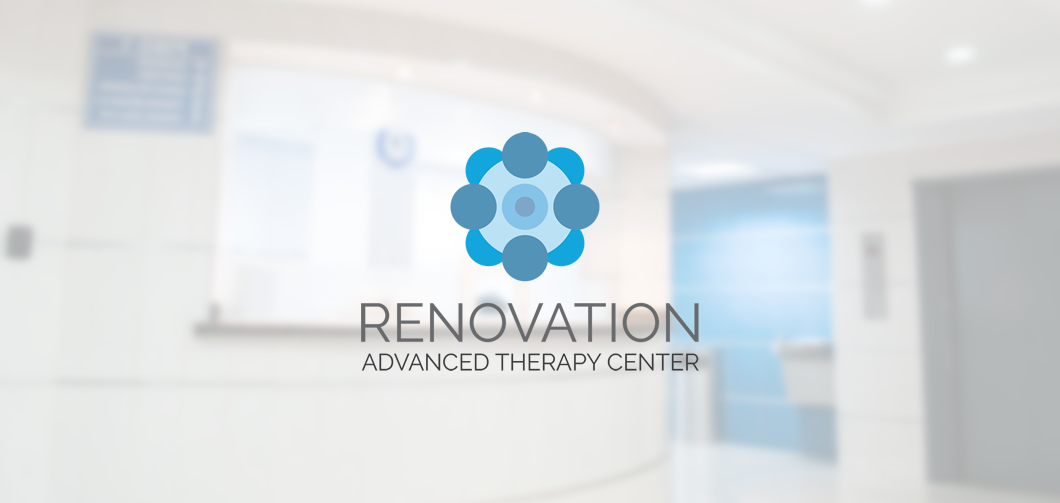Parkinson’s Disease

Parkinson’s disease, or PD, is a condition of the Central Nervous System. This degenerative disorder frequently causes impairment to the patient’s motor skills and speech, other neurological symptoms including mood disorders, are also common.
Symptoms of Parkinson’s Disease
Symptoms of Parkinson’s disease include muscle rigidity and tremors, slowness of movement, or bradykinesia, also occurs, in extreme cases, a total loss of physical movement, akinesia can also occur. In general, these symptoms are caused when the basal ganglia do not properly stimulate the motor cortex in the brain. When this occurs, dopamine is not formed within the dopaminergic neurons within the brain. Dopamine is responsible for several neural functions, particularly those related to mood, cognition, and language, so problems with these functions occur frequently in PD patients as well.
Parkinson’s is a chronic and progressive disease meaning that it worsens over time. As there is no known cure, treatments have traditionally focused on managing symptoms and helping patients to cope with their condition.
Stem cells are a special type of cell that has not yet dedicated itself to a particular type of tissue. Most cells in the body are specific and local to a certain body part. Stem cells are not limited in this way. Instead, these new cells will take on the form of the tissue that surrounds them.
Because of this property, stem cells can be effectively used to aid in the repair and regeneration of damaged tissues. This is at the heart of stem cell therapy and is why these treatments can be so effective for patients suffering from Parkinson’s Disease by giving worn-down tissue the proper tools to repair itself, the body can regenerate naturally.
Stem cell therapy has been shown to have beneficial effects in patients whose tissues or organs have weakened or shown signs of fatigue. The weakness and degeneration of these systems can be counteracted or reversed through this treatment. In effect, stem cells invigorate tissues and boost the body’s organic functions.
How Stem Cell Therapy Works
Stem cells, which include fresh cells, proteins, growth factors, and other tools necessary to rebuild damaged organs or tissue. Although these substances exist naturally in an individual’s adipose tissue or bone marrow they are usually not released into a person’s bloodstream in sufficient quantities to repair damage throughout the body.
By liberating the stem cells and relocating them to an affected area, stem cell treatment solves this problem and provides relief to damaged tissues, including central nervous system diseases as is Parkinson’s Disease.
An excellent Stem Cell Therapy alternative for patients with Parkinson’s disease is Allogeneic differentiated Neural Stem Cells.
What is a Neural Stem Cell?
Neural stem cells (NSCs) have the potential to give rise to offspring cells that grow and differentiate into healthy neurons and Glial cells.
At Renovation Advanced Therapy Center, advanced procedures are performed under strict guidelines of safety and professionalism.
